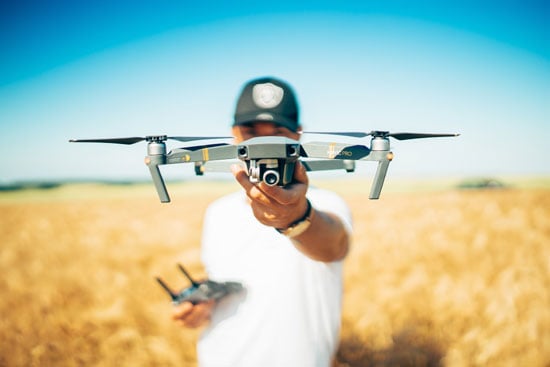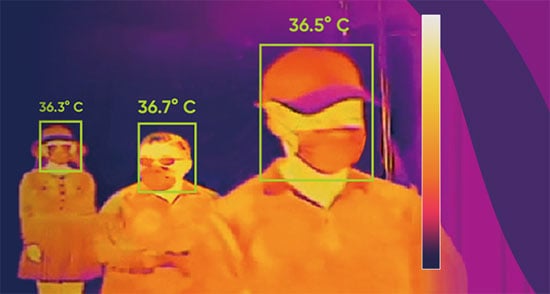Why facility executives need to learn about anti-drone technology
/ in 2020 /By Del Deason, Vision Security Technologies
With the use of aerial drones becoming a regular occurrence, facility executives and security professionals alike need to educate themselves on not just the benefits of drone technology, but also the risks and the appropriate steps to take to guard against an unwanted drone entering the airspace of their facility or venue.
Airports, universities, large public open-air venues and critical infrastructure facilities are amongst a group of facility-types that recognize the potential security risk associated with an aerial drone flying above. Because of this, facility executives are beginning to work closely with their systems integrator partner to test and deploy anti-drone technology that can detect an aerial drone and, in turn, help to identify the drone operator.
Anti-drone radar technology, for example, can be deployed to detect and identify objects that have the signature of a drone. These radar systems look for certain markers that would classify an object as a drone, such as its size and the way it is behaving.
Once the radar system identifies an object as a drone, that should trigger a secondary step of visual verification. Verification can be accomplished by using the human eye or a surveillance camera to confirm that an object is in fact a drone.
Next, end users should consider investing in additional drone technology that can identify the radio frequency signature of the drone, coupled with GPS technology to identify the location of the drone operator. Once a drone is confirmed to be in airspace that is of concern and GPS technology helps to identify the location of the operator, end users should contact the appropriate law enforcement agency to locate the individual operating the drone.
Even though several companies have introduced anti-drone technology that can shoot down or capture a drone, these actions may be illegal unless you are a government entity or the drone is flying over a government installation. It’s also illegal to tamper with the radio frequency of a drone in an attempt to disable the device or change its flight path.
Regardless of the type of anti-drone technology deployed, it’s important to take a multi-layered approach to drone detection to ensure accurate identification. And, as more security end users deploy programs to test anti-drone technology, there is a heightened awareness about the number of drones currently being used during large sporting events or other large public gatherings.
The introduction of military-grade drone technology to the mainstream market has opened the door of possibilities as to how this solution can be leveraged as part of a security program. However, it’s just as important to understand how to guard against an unwanted drone visit.






